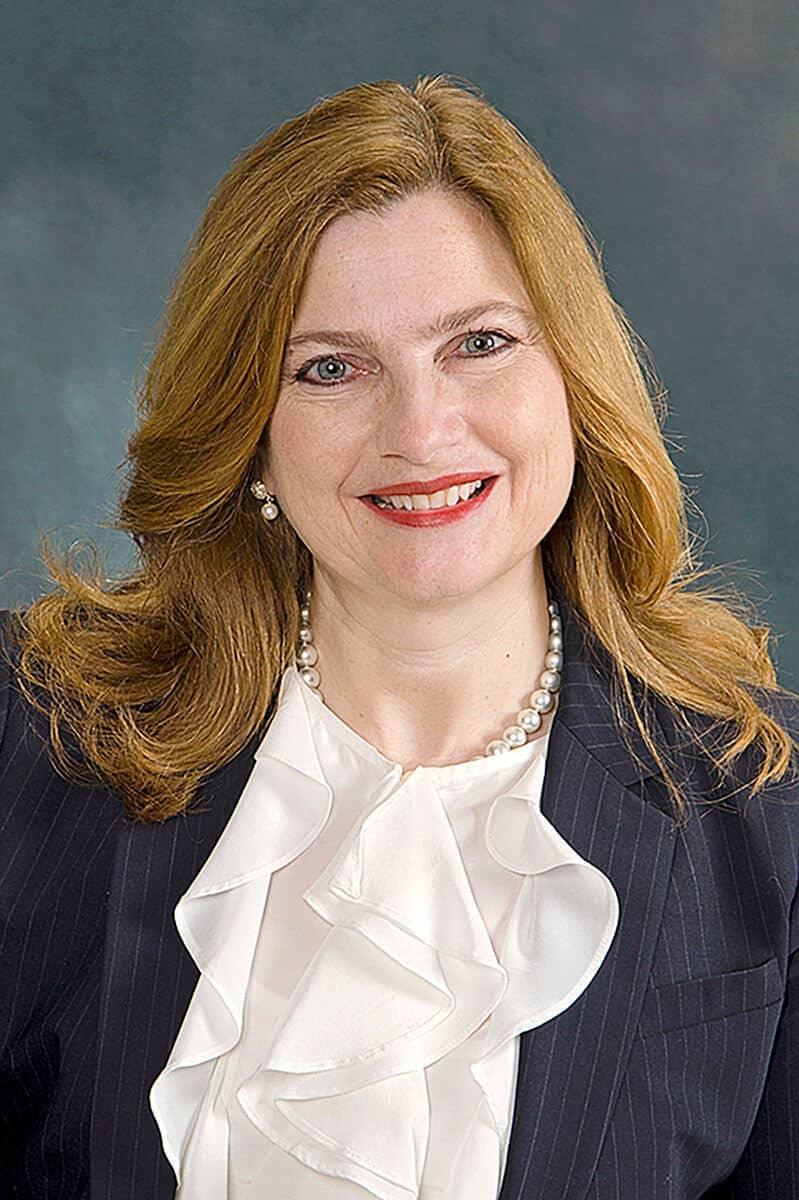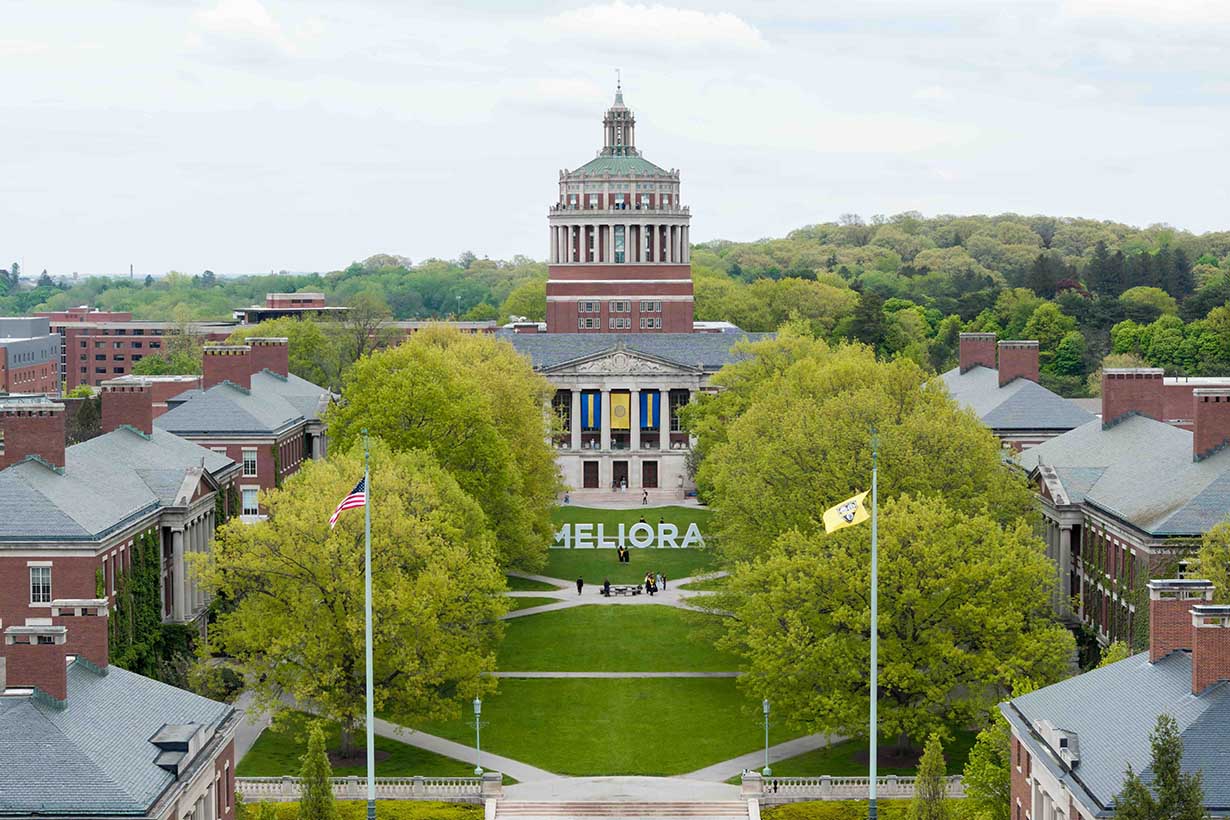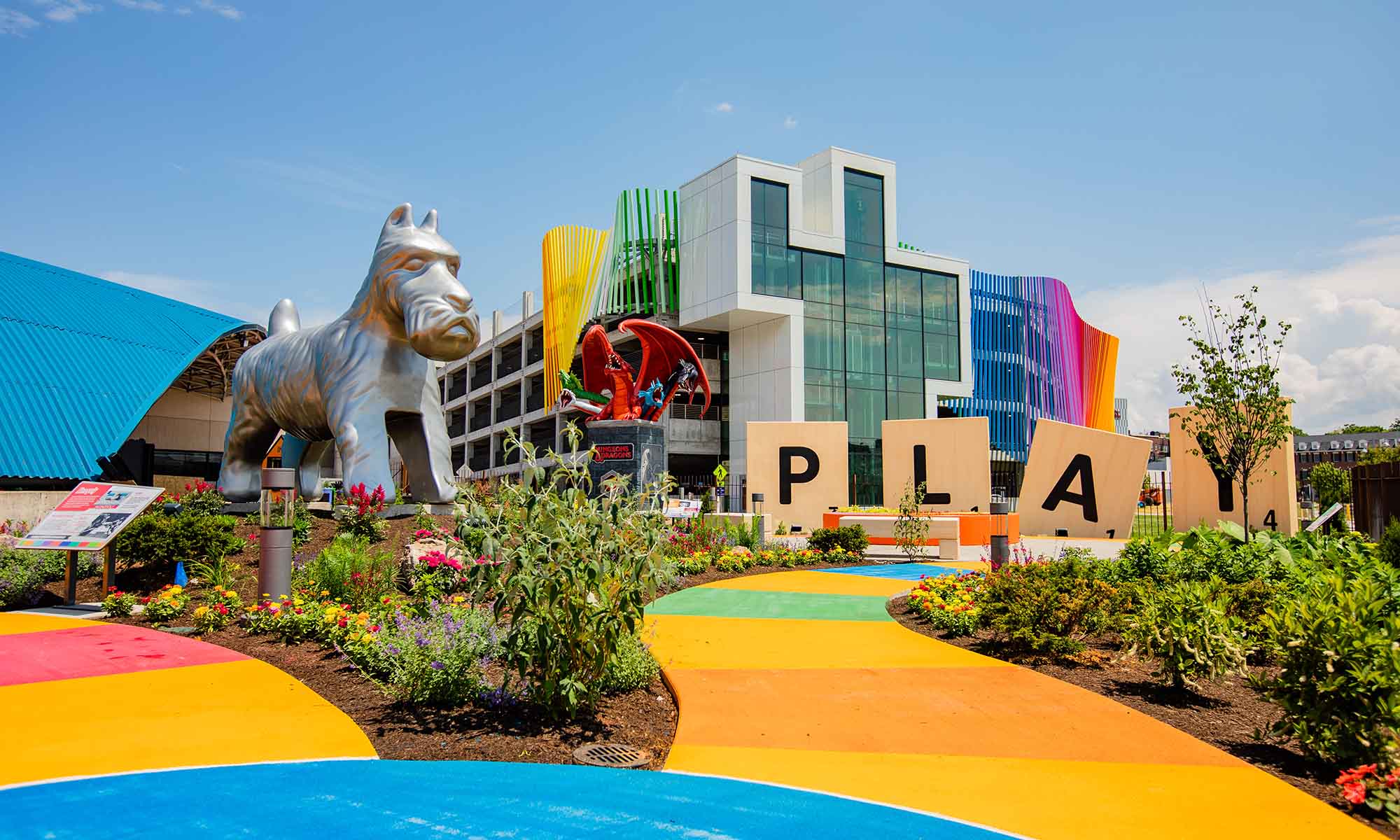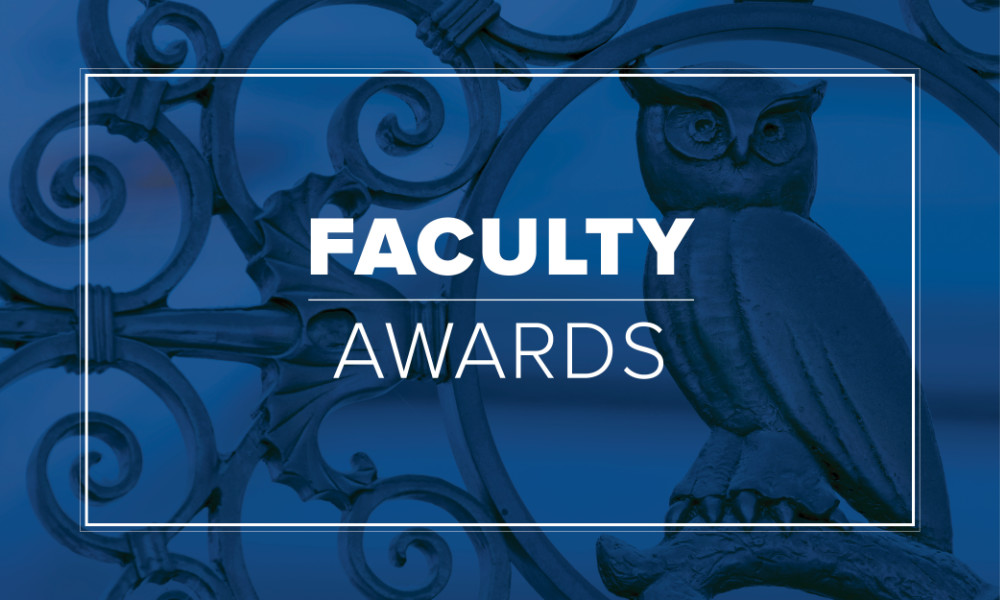URochester’s chief human resource officer underscores the importance of employee voices to its future.

How does the University of Rochester become a model regional employer? Boundless Possibility, URochester’s 2030 strategic plan, provides a path through the faculty and staff success goal. On October 6, the Office of Human Resources (HR) initiated one of the key tactics: the 2025 Employee Experience Survey.
The survey gives nearly 30,000 faculty and staff across URochester’s campuses the opportunity to share how they feel about their roles, teams, University leadership, and the institution as a whole. Kathy Gallucci, a senior vice president and the chief human resources officer, highlighted the survey in a webinar, as part of the Leadership Conversations series.
In her conversation with Joe Testani, deputy to President Sarah Mangelsdorf, Gallucci covered a wide range of topics in the HR sphere, including modernizing systems, building a transparent, growth-focused culture, and making employee voices central to URochester’s future.
Here are six key takeaways.
1. HR modernization is foundational to strategic plan progress.
It started with the Career Path Modernization Project (CPM) and continued with the launch of the Career Pathways program, URStars, and most recently, myURHR, the new HR management system, which launched in December 2024. Workday and UKG—the systems that comprise myURHR—replaced systems long past their prime, creating a desperately needed modern infrastructure that better aligned HR with the University’s strategic goals.
The shift wasn’t just about technology; it was also about creating a transparent modern HR operating framework and enabling data-informed decision making and a culture that can adapt and grow.
“One of the ways you get to modern HR is by being able to use data to make informed decisions. If the data’s not clean, it’s really not going to help you effectively analyze information in order to advance and support strategic goals.”
Gallucci bookended her pride in the implementation of myURHR with the note that her team is now in an optimization phase. They are regularly working with University IT to investigate bugs in the system, which is no small task. The University is a complicated organization, and Gallucci’s team serves many groups in different ways, and they are committed to being as nimble and flexible as possible.
2. URochester is listening—and ready to make improvements.
The new Employee Experience Survey isn’t the first of its kind but it is the most inclusive, reaching every corner of URochester, including academic units, central administration, the Laboratory for Laser Energetics, the Medical Center, and the Memorial Art Gallery.
Gallucci explained that the University hasn’t conducted a survey of this scale and complexity before as it is a massive undertaking. For example, without first implementing Workday, it would have been nearly impossible to provide hundreds of department leaders with accurate snapshots of how their teams view their work environment.
“We have to be curious about who we are as an employer and a community and how we work together. That’s really what this gets at. How do we communicate? How do we lead? How do we offer support?”
The survey will close on October 20, at which point the question becomes “What now?” Gallucci stressed there’s no point in surveying if you don’t act on the findings. To that end, she and her team will spend about a month going through the results from the consultant, and then another two months helping leaders review and interpret the results. They will also provide training in best practices that will help leaders create meaningful action plans with employees in their areas. Themes from the survey that run across the organization will also have focused action-planning led by HR.
3. Retention and recruitment are inextricably linked to work culture.
Gallucci sees retention and recruitment as being inseparable from an employee’s day-to-day work experience, including how they’re led, how they’re communicated with, and whether they believe their voices matter. She pointed to the survey again, highlighting that many questions aim to shine a light on these areas—showing what’s working well and what isn’t.
“In terms of recruitment, we’re more transparent than we’ve ever been.”
Gallucci explained that the CPM put the entire job structure online, helping URochester attract new, talented people while also giving those already here a more straightforward path to advancement.
4. A more robust career advancement program is coming.
CPM put an end to a 40-year-old job structure by redefining and realigning jobs, levels, and positions across the institution. The changes made it clearer where a person could advance, but not how to do so.
“The structure itself is the roadmap. The tools that support people looking at career opportunities are what we’re mapping now.”
Gallucci wants to expand on the existing structure in a significant way. Here, too, she believes the survey will point the way forward through responses that highlight employees’ needs, interests, and wants.
5. Work around compensation never stops.
CPM was a massive shift for URochester, including how it pays employees. In this regard, Gallucci explained that a critical focus for the project was “titling,” because the language the University used wasn’t identifiable to the outside world. Changes to the job nomenclature make it easier for applicants to understand the position they are applying to and to do salary benchmarking for our region and nationwide.
“Understanding and aligning with the market is really important, and sometimes it takes us time to get there.”
But CPM wasn’t a one-time fix. Gallucci says they are continuously making adjustments so that the University can be responsive to changes in the market and economy. Sometimes something as basic as difficulty filling a role can trigger a reexamination of the position and its relative market to determine whether adjustments are needed.
6. Transparency and feedback drive improvement.
Throughout the conversation, Gallucci emphasized transparency—both in sharing data and in listening to employees at every level. She views feedback, whether formal or informal, as essential to URochester’s ongoing transformation. Amid a changing higher ed and healthcare landscape, she believes collaboration and open communication are the University’s greatest assets.
“Keep talking to us,” she says. “Those informal conversations are every bit as important as the formal channels we create.”




